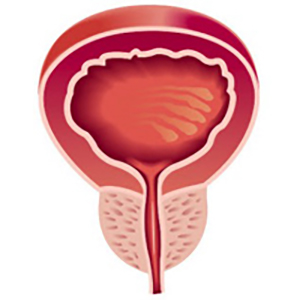 Smart Citations
Smart CitationsSee how this article has been cited at scite.ai
scite shows how a scientific paper has been cited by providing the context of the citation, a classification describing whether it supports, mentions, or contrasts the cited claim, and a label indicating in which section the citation was made.
Effectiveness and safety of spinal anesthesia in patients undergoing open radical retropubic prostatectomy
Objective: Prostate cancer is one of the most widespread neoplasms affecting the male gender. The most commonly used procedures in various urological centers are laparoscopic and robotic surgery because they are considered minimally invasive techniques. We present our experience in traditional open radical prostatectomy performed under spinal anesthesia. Materials and methods: We reviewed the clinical courses of 88 consecutive patients who underwent open radical prostatectomy performed under spinal anesthesia at our Institution. Results: Median age: 67.7 years. Median follow up duration: 48 months. Median pre-operative PSA: 15,9 ng/ml, median Prostate weight: 44.5 gr, median surgical time: 96.5 minutes (range 55-138). Perioperative complications were recorded. The most frequent complication was anemia, 9 cases need blood transfusion after surgery. Complications directly related to spinal anesthesia were not observed. Most patients were discharged within 5 days from the procedure. After two weeks we observed a quick recovery of total continence in 90% of patients. After 6 months all patients were perfectly continent. Erectile dysfunction after 6 months was reported by 48 patients. Conclusions: The reasons why the gold standard of radical prostatectomy surgery has been considered general anesthesia are essentially two: the long duration of the surgical procedure and the associated significant blood loss. Multiple evidences show that radical retropubic prostatectomy can be safely performed under spinal anaesthesia with various advantages. It is therefore no longer justified to consider general anesthesia as the gold standard for radical prostatectomy with an open technique.
Supporting Agencies
NoneHow to Cite

This work is licensed under a Creative Commons Attribution-NonCommercial 4.0 International License.
PAGEPress has chosen to apply the Creative Commons Attribution NonCommercial 4.0 International License (CC BY-NC 4.0) to all manuscripts to be published.

 https://doi.org/10.4081/aiua.2023.11281
https://doi.org/10.4081/aiua.2023.11281





